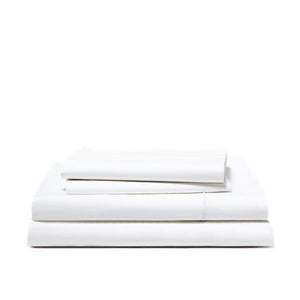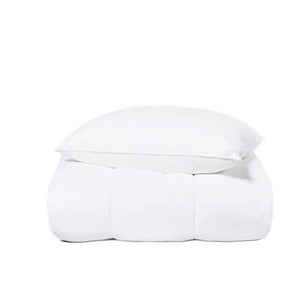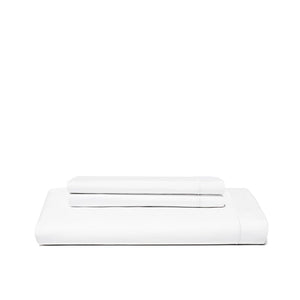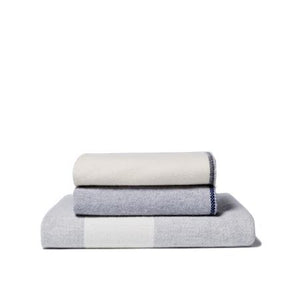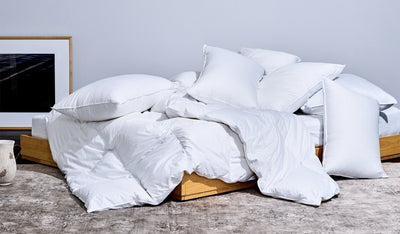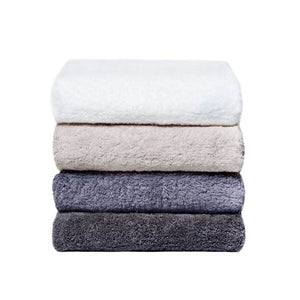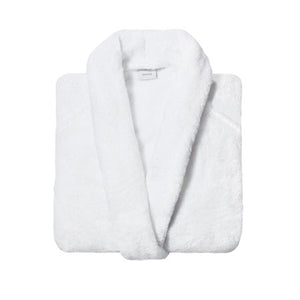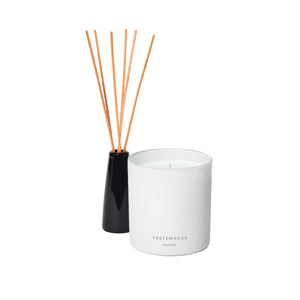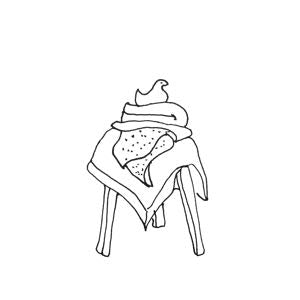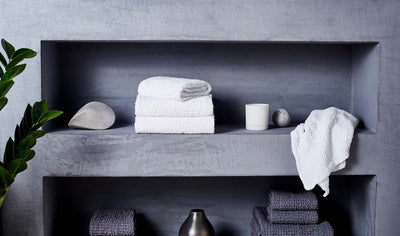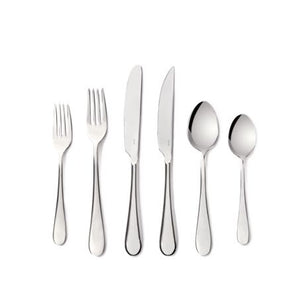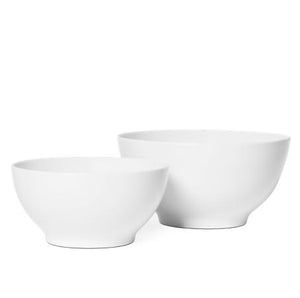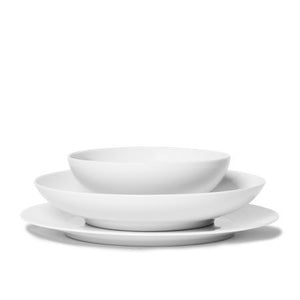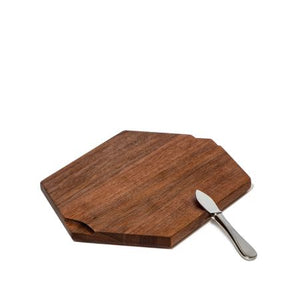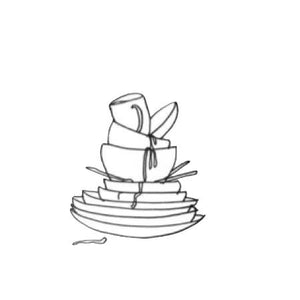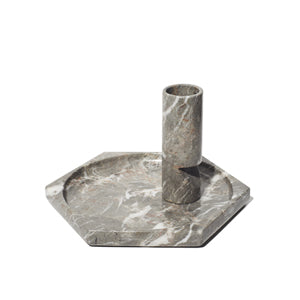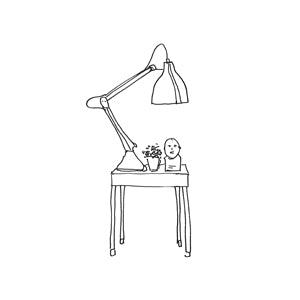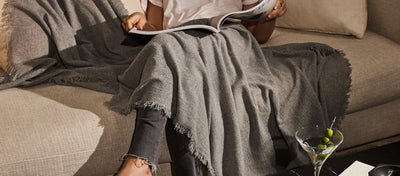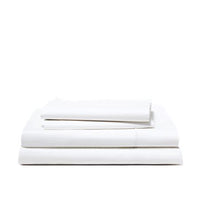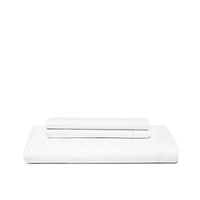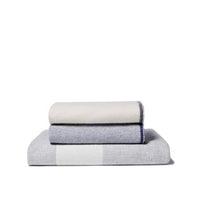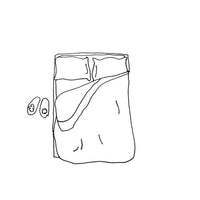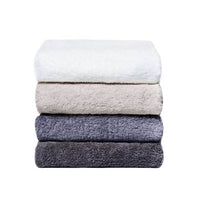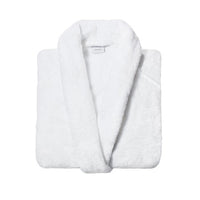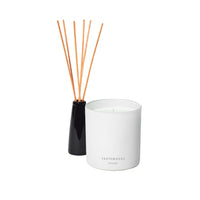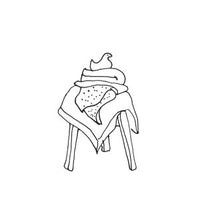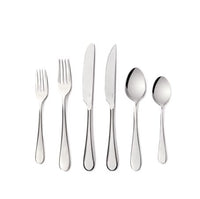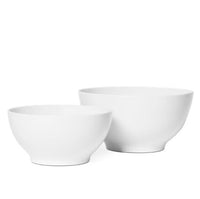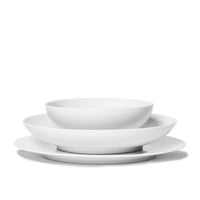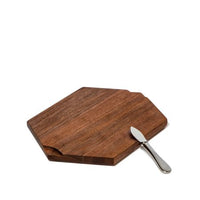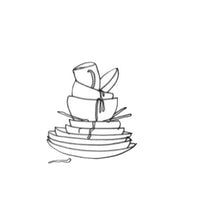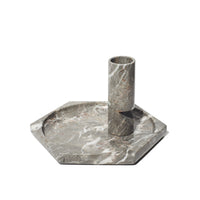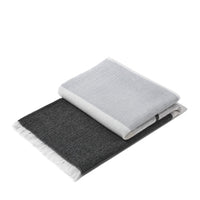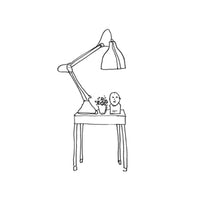Are your pillows looking dingy and flat? How to clean pillows effectively to restore their freshness and fluffiness?
Keeping your pillows clean is crucial for a good night's sleep and overall health. Regular cleaning removes dirt, sweat, and allergens, ensuring your pillows stay hygienic and comfortable. Learn the best methods to wash and maintain different types of pillows to keep them in top condition.
Ready to rejuvenate your pillows? Dive into our comprehensive guide on how to clean pillows. For more home care tips and tricks, explore our collection, and take advantage of our latest articles for even more helpful advice.
Types of Pillows and Their Characteristics

There are several types of fillings to choose from when it comes to pillows. Each type of fill has its own unique characteristics that can affect your comfort and the overall lifespan of the pillow.
Here are some of the most common pillow fills and their characteristics:
-
Foam pillows: These pillows are made from solid pieces of foam and are known for their ability to contour to your head and neck. They can be made from memory foam or latex foam and are typically firmer than other pillow types.
-
Down pillows: These pillows are filled with soft, fluffy feathers from the underside of geese or ducks. They are known for their exceptional softness and fluffiness but can be more expensive than other pillow types.
-
Feather pillows: These pillows are filled with the larger outer feathers of geese or ducks. They are firmer than down pillows and can be a good option for those who prefer a firmer pillow.
-
Polyester pillows: These pillows are filled with synthetic fibers and are typically less expensive than other pillow types. They are also hypoallergenic and can be a good option for those with allergies.
-
Down alternative pillows: These pillows are filled with synthetic fibers that mimic the softness and fluffiness of down. They are typically less expensive than down pillows and can be a good option for those who are allergic to Down.
-
Shredded foam pillows: These pillows are filled with small pieces of foam that can be molded and shaped to your liking. They are typically softer than solid foam pillows and can be a good option for those who prefer a softer pillow.
- Fiberfill pillows: These pillows are filled with synthetic fibers that are designed to mimic the feel of down. They are typically less expensive than down pillows and can be a good option for those on a budget.
Appropriate Cleaning Methods for Each Pillow Type

Different pillow fills require different cleaning methods to ensure they stay clean and retain their shape and fluffiness. Here are some general guidelines for cleaning each type of pillow:
-
Foam pillows: Spot clean with a damp cloth and mild detergent. Do not machine wash or dry.
-
Down pillows: Machine wash in cold water on a gentle cycle with mild detergent. Tumble dry on low heat with clean tennis balls to help fluff the feathers.
-
Feather pillows: Machine wash in warm water on a gentle cycle with mild detergent. Tumble dry on low heat with clean tennis balls to help fluff the feathers.
-
Polyester pillows: Machine wash in warm water on a gentle cycle with mild detergent. Tumble dry on low heat.
-
Down alternative pillows: Machine wash in warm water on a gentle cycle with mild detergent. Tumble dry on low heat.
-
Shredded foam pillows: Machine wash in cold water on a gentle cycle with mild detergent. Tumble dry on low heat.
-
Fiberfill pillows: Machine wash in warm water on a gentle cycle with mild detergent. Tumble dry on low heat.
Always check the care label on your pillow before washing and follow the manufacturer's instructions. Overwashing or using the wrong cleaning method can damage your pillow and reduce its lifespan.
Pre-Cleaning Preparation for Pillows

Before you start cleaning your pillows, it's important to prepare them properly. This will help ensure that they come out clean and undamaged. In this section, we'll go over two important steps to take before you begin washing your pillows: checking care label instructions and removing pillow covers and protectors.
Checking Care Label Instructions
The first thing you should do when preparing to clean your pillows is to check the care label instructions. This label will provide important information about how to clean your pillows, including what temperature to use, what type of detergent to use, and whether or not your pillows can be machine-washed.
If your pillows are machine washable, you can wash them regularly with warm water and a mild detergent. However, if your pillows are not machine washable, you may need to have them professionally cleaned or spot-cleaned.
Removing Pillow Covers and Protectors
Before washing your pillows, removing any pillow covers or protectors is important. These covers and protectors can usually be machine-washed separately from the pillows themselves. Be sure to check the care label instructions for your covers and protectors to ensure that you wash them properly.
If your pillows are old or have been used for a long time, consider replacing them altogether. This is especially true if your pillows are lumpy, flat, or stained beyond repair.
Spot Cleaning and Stain Removal for Pillows

Pillows are an essential part of a good night's sleep. However, they often accumulate stains over time, which can cause them to smell unpleasant.
Fortunately, spot cleaning and stain removal can help restore your pillows to their original condition. Here are some tips to help you clean your pillows effectively.
Treating Common Stains on Pillows
Different types of stains require different treatment methods. Here are some common stains and how to remove them:
-
Sweat: Sweat stains can be removed by mixing equal parts of water and hydrogen peroxide and applying the solution to the stain. Allow the solution to sit for 30 minutes before rinsing it off with cold water.
-
Drool: To remove drool stains, mix a tablespoon of baking soda with a teaspoon of water to create a paste. Apply the paste to the stain and let it sit for 30 minutes before wiping it off with a damp cloth.
-
Blood: Blood stains can be removed by using a stain remover that contains enzymes. Apply the stain remover to the stain and let it sit for 15 minutes before washing the pillow.
Using Gentle Cleaning Agents
When cleaning your pillows, make sure to use gentle cleaning agents that won't damage the fabric. Here are some cleaning agents that are safe to use on pillows:
-
Baking soda: Baking soda is a natural cleaning agent that can help remove stains and odors from pillows. Sprinkle baking soda on the pillow and let it sit for 30 minutes before vacuuming it off.
-
Hydrogen peroxide: Hydrogen peroxide is a mild bleaching agent that can help remove stains from pillows. Mix equal parts of water and hydrogen peroxide and apply the solution to the stain. Allow the solution to sit for 30 minutes before rinsing it off with cold water.
Machine Washing Pillows

Machine washing pillows is a quick and easy way to clean them. However, it is important to follow the right steps to ensure that your pillows come out clean and undamaged. Here are the steps to follow when machine washing your pillows.
Selecting the Correct Washer Settings
Before washing your pillows, make sure that you select the correct washer settings.
Choose a gentle cycle to avoid damaging your pillows. Use warm water for synthetic pillows and cold water for down or feather pillows.
If you are unsure about the type of pillow you have, check the label for washing instructions.
Adding the Right Laundry Detergent
When washing your pillows, make sure to use the right laundry detergent.
Choose a mild detergent that is suitable for delicate fabrics. Avoid using bleach or fabric softener, as they can damage your pillows.
If you have allergies, choose a hypoallergenic detergent to avoid any allergic reactions.
Hand-Washing Pillows
If you have delicate pillows that are not machine washable, you can still clean them by hand. Hand-washing pillows require a bit more effort, but it is a gentle and effective way to clean your pillows and keep them fresh.
Cleaning Foam and Memory Foam Pillows by Hand
Foam and memory foam pillows should never be machine-washed. Instead, fill a clean bathtub or basin with lukewarm water. Add a small amount of mild detergent to the water and mix it well.
Submerge the pillow into the water and gently squeeze it to allow the soapy water to penetrate the foam.
Massage the pillow for a few minutes, and then drain the soapy water. Refill the tub with clean water and rinse the pillow thoroughly.
Gently squeeze the pillow to remove excess water and allow it to air dry completely.
Steps for Washing Feather and Down Pillows
Feather and down pillows are delicate and require special care when washing.
To hand-wash these pillows, start by filling a clean bathtub or basin with lukewarm water. Add a small amount of mild detergent to the water and mix it well.
Submerge the pillow into the water and gently massage it to allow the soapy water to penetrate the feathers. Rinse the pillow thoroughly with clean water and gently squeeze out the excess water.
To dry the pillow, lay it flat on a clean towel and press it gently to remove any remaining water. You can also place the pillow in the dryer on low heat with a few clean tennis balls to help fluff the feathers down.
Drying Pillows After Washing
After washing your pillows, it's important to dry them properly to prevent mold and mildew growth. Here are some techniques you can use to dry your pillows:
Using a Dryer for Most Pillow Types
For most pillow types, a dryer is an efficient and effective way to dry them after washing. Here are the steps you can follow:
- Place your pillows in the dryer with some dryer balls, tennis balls, or wool dryer balls. These items will help fluff up your pillows and prevent clumping.
- Set your dryer to a low heat or air-dry setting. High heat can damage some pillow materials, so it's best to avoid it.
- Check your pillows every 30 minutes to ensure they are drying evenly. If they are not, take them out and fluff them up manually before returning them to the dryer.
- Once your pillows are completely dry, take them out of the dryer and give them a good fluffing to restore their shape.
Air-Drying Techniques for Sensitive Materials
If your pillows are made of a sensitive material, such as down or silk, air-drying is the best option. Here's how you can air-dry your pillows:
- Place your pillows on a clean, flat surface in a well-ventilated area. Avoid direct sunlight, as it can damage some pillow materials.
- Fluff up your pillows manually every few hours to ensure they dry evenly.
- Once your pillows are completely dry, give them a good fluffing to restore their shape.
Some pillow materials, such as memory foam or latex, should never be put in a dryer or exposed to direct sunlight. Always check the care label on your pillows before drying them to ensure you are using the correct method.
Maintaining Pillow Cleanliness and Loft

Pillows are an essential part of our sleep routine, and we spend a significant amount of time with them. Therefore, it is essential to maintain their cleanliness and loft to ensure a comfortable and healthy sleep environment. Here are some tips to keep your pillows clean and fluffy:
Fluffing and Revitalizing Pillows Regularly
Over time, pillows can lose their loft and become flat, making them uncomfortable to sleep on. To prevent this, fluff your pillows daily by giving them a good shake. This will help redistribute the filling and keep the pillow fluffy and comfortable.
You can also revitalize your pillows by placing them in the dryer on a low heat setting with a couple of clean tennis balls or dryer balls. This will help fluff and redistribute the filling, making your pillows feel like new again.
Protecting Pillows from Dust and Allergens
Dust and allergens can accumulate in pillows over time, causing allergies and respiratory problems. To prevent this, use pillow covers to protect your pillows from dust and allergens. Pillow covers act as a barrier between your face and the pillow, preventing the transfer of dust and allergens.
It is also essential to wash your pillow covers regularly to keep them clean and free of dust and allergens. You can wash pillow covers in the washing machine with mild detergent and tumble dry on low heat.
Vacuuming your pillows can also help remove dust and allergens. Use a vacuum cleaner with a HEPA filter to remove as many allergens as possible. However, be careful when vacuuming foam pillows as they can be damaged by the suction.
When to Replace Your Pillows

Identifying Signs of Pillow Wear and Tear
Even with regular cleaning, pillows eventually wear out and lose their shape and support. Here are some signs that it's time to replace your pillows:
- Your pillow is over two years old.
- You wake up with neck or back pain.
- Your pillow is lumpy or misshapen.
- You notice an unpleasant odor coming from your pillow.
- Your pillow is stained or discolored.
- You can see visible signs of wear and tear, such as holes or tears.
If you notice any of these signs, it's time to replace your pillows. Continuing to use worn-out pillows can lead to poor sleep quality and even exacerbate neck and back pain.
The Lifespan of Different Pillow Materials
The lifespan of your pillows can also depend on the type of material they're made from. Here's a general guide to how long different pillow materials typically last:
- Down/feather pillows: 2-3 years
- Memory foam pillows: 2-3 years
- Polyester pillows: 1-2 years
- Latex pillows: 3-4 years
Keep in mind that these are just general guidelines, and the lifespan of your pillows can vary depending on factors such as how often you use them and how well you care for them.
In general, it's a good idea to replace your pillows every 1-2 years, even if they still look and feel fine. Over time, pillows can accumulate body oils, dead skin cells, and other debris that can affect their cleanliness and supportiveness. Regularly updating your pillows can help ensure you're getting the best possible sleep.
Additional Pillow Care Tips

Dealing with Specific Pillow Issues
Sometimes, pillows can develop specific issues that require a little extra attention. Here are some tips for dealing with common pillow problems:
-
Mold and Mildew: If you notice mold or mildew on your pillow, it's important to act quickly to prevent it from spreading. Remove the pillowcase and any other covers, and wash them in hot water. Then, mix a solution of equal parts water and white vinegar and spray it on the affected areas of the pillow. Let the pillow air dry completely before using it again.
-
Bacteria: Pillows can harbor bacteria, especially if you sweat a lot or drool in your sleep. To keep your pillows fresh and clean, wash them every six months or so. Use a gentle detergent and warm water, and add a cup of white vinegar to the rinse cycle to help kill bacteria.
-
Allergies: If you suffer from allergies, it's important to choose the right type of pillow. Look for hypoallergenic options made from materials like memory foam, latex, or microfiber. Wash your pillow regularly to keep allergens at bay, and consider using a pillow protector to create an extra barrier against dust mites and other allergens.
Pillow Care for Allergy Sufferers
If you're prone to allergies, taking good care of your pillows is essential. Here are some tips to keep in mind:
-
Wash your pillows regularly: Washing your pillows every six months can help remove allergens like dust mites and pollen. Use a gentle detergent and warm water, and add a cup of white vinegar to the rinse cycle to help kill bacteria.
-
Choose hypoallergenic materials: Look for pillows made from hypoallergenic materials like memory foam, latex, or microfiber. These materials are less likely to harbor allergens than feather or down pillows.
-
Use a pillow protector: A pillow protector can create an extra barrier against allergens like dust mites and pet dander. Look for a protector made from a breathable material like cotton or bamboo, and wash it regularly along with your pillowcases.
By following these tips, you can keep your pillows clean and fresh and minimize the risk of allergies and other issues. Remember to choose the right type of pillow for your needs and to wash them regularly to keep them in good condition.
Conclusion
Congratulations! You have successfully cleaned your pillows and removed all the dirt, sweat, and stains. Following the steps mentioned in this article, you can ensure that your pillows are clean, fresh, and hygienic.
Remember to clean your pillows every three to six months to maintain quality and extend their lifespan. Regular cleaning can also prevent allergies and respiratory problems caused by dust mites and other allergens.
By following these simple tips, you can enjoy a good night's sleep on clean and fresh pillows. Happy sleeping! For more tips on maintaining a clean and comfortable home, visit us at Snowe Home.
Frequently Asked Questions
Can you clean pillows effectively in a bathtub?
Yes, you can clean pillows effectively in a bathtub. To clean your pillows in a bathtub, fill a clean bathtub with enough lukewarm water to submerge the pillows.
Add a small amount of natural detergent to the water, followed by a 1/2 cup of white vinegar. Agitate the water to mix it with the detergent and put the pillows into the water.
Gently squeeze and press the pillows, paying attention to any stained areas. Drain the soapy water and refill the tub with cool water. Submerge the pillows and knead for another 5 minutes to gently remove the suds.
Drain and refill the tub several times with clean water until no more suds appear. Gently squeeze the pillows to remove the water, but do not wring them. Absorb excess moisture.
How can baking soda be used to clean pillows?
Baking soda can be used to clean pillows by removing odors and freshening the pillows. To use baking soda, sprinkle a small amount over the surface of the pillow and let it sit for at least 30 minutes.
Vacuum the baking soda off the pillow using the upholstery attachment on your vacuum cleaner.
Is machine washing safe for all types of pillows?
No, machine washing is not safe for all types of pillows. Check the care label on your pillow to ensure that it is machine washable.
Some types of pillows, such as memory foam or down pillows, may need to be hand-washed or dry-cleaned.
How do you prevent clumping when washing pillows?
To prevent clumping when washing pillows, always wash two pillows at a time to balance the load in the washer.
Add a small amount of natural detergent and set the washer to a gentle cycle with warm water.
Run the washer through an extra spin cycle to ensure that all of the water is removed from the pillows.
Dry the pillows on low heat, adding a few clean tennis balls to the dryer to help fluff the pillows.
